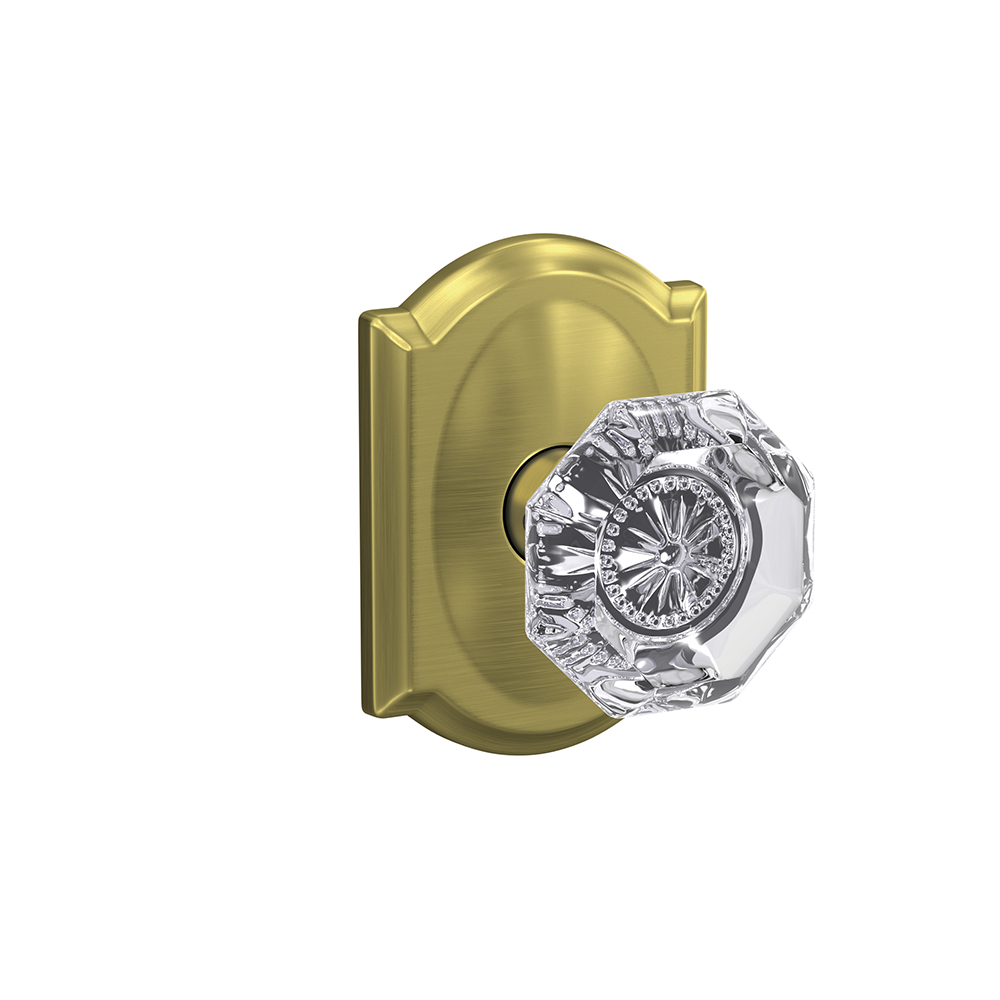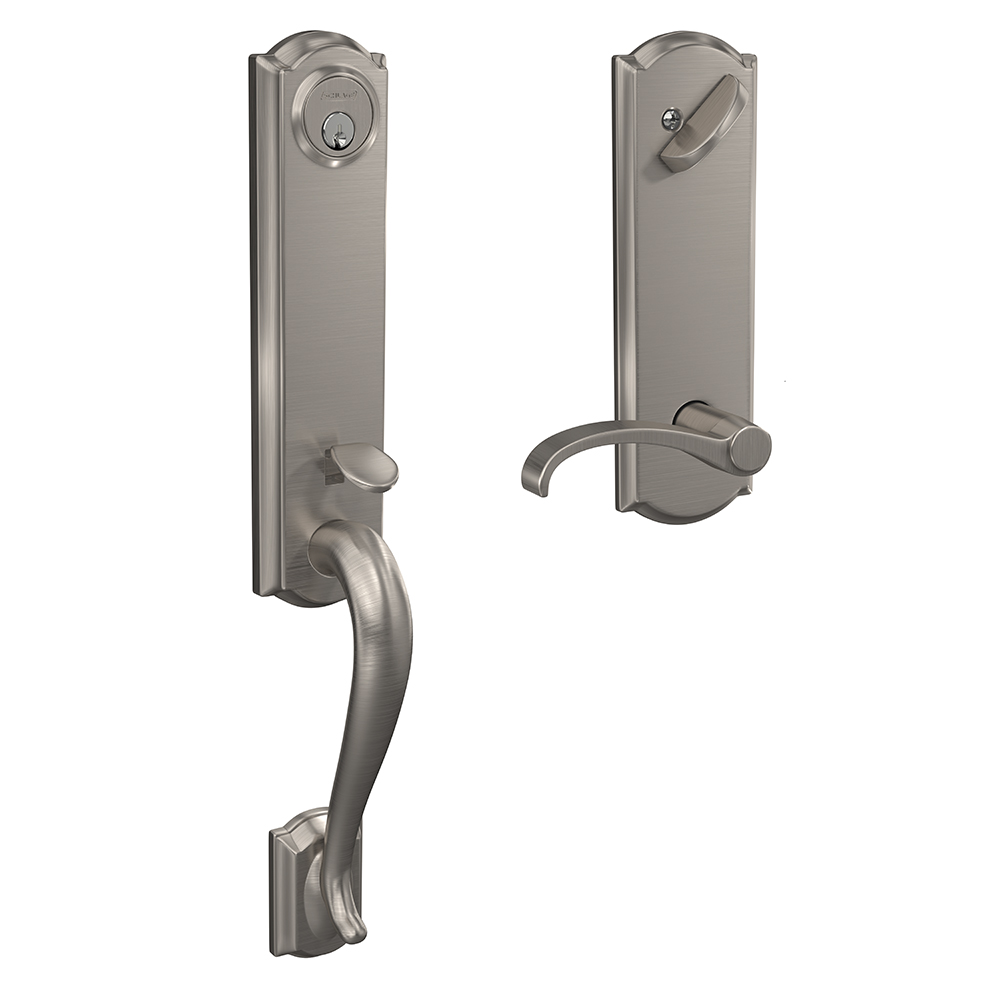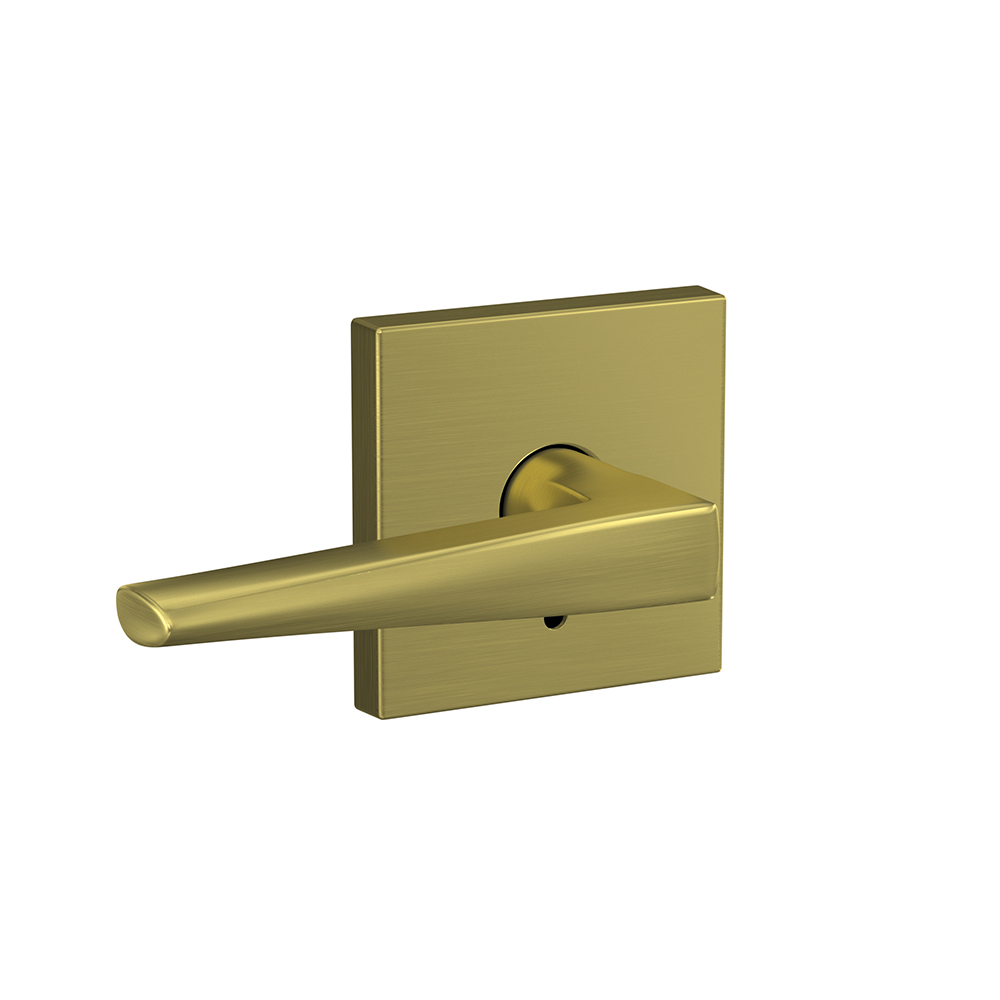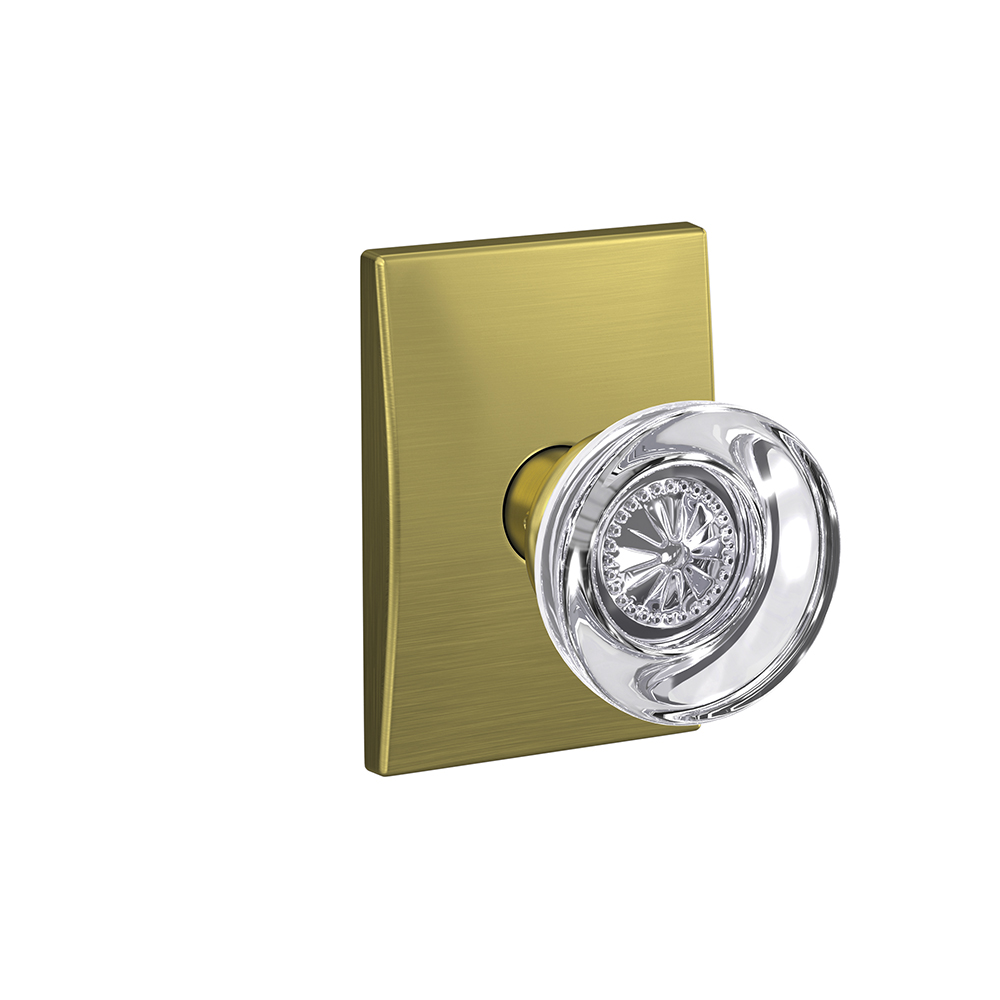Top designers rooted in culture, committed to modern solutions.
Wednesday, May 6, 2020
In recognition of Asian American and Pacific Islander Heritage Month, Schlage is highlighting three designers, from the United States and abroad, who are taking the utilitarian and reinvigorating it with deeper meaning.
Syrette Lew – Furniture Designer
Syrette Lew took an unconventional path to her current success. Born and raised in Hawaii, Lew earned her first degree in economics, then, looking to combine her creative streak with her analytical mind, earned a second degree in industrial design. The worlds of furniture design, as well as jewelry and bags, have not been the same since.
Today, Lew is the founder and owner of Moving Mountains, a Brooklyn-based company that uses regional craftsman to create custom-made furniture. In 2014, she showed her first collection at the International Contemporary Furniture Fair and came away with a pair of awards, including the “Metropolis Likes” honor for a set of nesting tables.
With a focus on natural materials, Lew says the challenge is creating balanced pieces. “There’s a fine line between too much and too little and it’s hard to know what will withstand the test of time,” she told Design For Mankind. “It is one of design’s most difficult exercises – but if achieved, can be sublime.”
Most often described as modern, even by the designer herself, Lew’s furniture is also sometimes called whimsical and “of-the-moment.” It comes from walking the line between too much and too little as well as balancing contemporary with history.
“I do love fashion and the way it changes, but don't necessarily think furniture should follow that same pace,” she said in an interview with Refinery29. “You want your chair or sofa to last for years — not throw it away and get a new one next year."
You won’t find Lew’s collections in stores as all her pieces are made-to-order. She’s also not concerned with cranking out new designs at rapid pace, preferring instead to create the best pieces instead of the most. It’s all part of her belief that we should invest in furniture and home décor that, although they may be more expensive, are made with quality and care.
Lew was named one of Dwell’s Asian-Pacific American designers to follow on Instagram. You can follow her @mvngmtns.
John Belford-Lelaulu – Social Designer
There’s architecture and then there’s social design. It’s that second one – approaching social issues like poverty and inequality with systemic solutions such as improved housing – that drives John Belford-Lelaulu. The New Zealand-born Samoan went through his early architectural studies without finding anything that truly excited him. When he discovered that it was because the country’s typical architecture failed to represent his Samoan and Pasifika roots, he knew what he needed to do.
As a Master’s student, he was a finalist for the Unitec Department of Architecture’s design award for “Le Malofie.” The building proposed for his project focused on incorporating the traditional Samoan tattoo into the architecture of the building itself rather than simply using Pacific arts as a visual design element or building façade.
“My thesis was based around architecturalising the traditional Samoan tattoo,” he explained in Architecture Now. “I was really interested in values such as our responsibility to our family and our community and self-exploration, but mostly, this idea of service. In Samoan it’s tautua, and it is such a fundamental and intrinsic part of what it means to be Samoan.”
After graduating, Belford-Lelaulu went in search of design opportunities with more meaning. First it was New York City. There he joined a non-profit organization to help develop community gardens that would improve the lives of the city’s homeless through training selling their products as a source of income.
Later there was a trip to the Philippines, where he focused on developing cultural centers. He also worked with Habitat for Humanity and Bringing Our Children Home in Chile, where they built houses specially adapted for families with children with special needs. Through all these opportunities, Belford-Lelaulu began to develop a new perspective on architecture and its larger societal impact.
“My ultimate goal is to open more career opportunities for young Pasifika people in humanitarian and social architecture,” Belford-Lelaulu said in another interview. “Creating responses to social inequality, inequity, injustices are inherent within our culture, especially diaspora and migrant Pasifika communities. But to express our culture in the way WE see it, is still young and unexplored territory within spatial industries.”
To help reach that goal, Belford-Lelaulu created MAU Studio. Educational opportunities and experiences allow New Zealand’s youth to connect with their culture and engage with their community through meaningful architecture and institutions.
Much of Belford-Lelaulu’s motivation comes from his own upbringing – he is one of 12 kids in a family that struggled with poverty – and culture. “There’s a (Samoan) proverb which is ‘O le ala i le pule o le tautua’, meaning, ‘The path to authority is through service,’” he told Architecture Now. “In order to do anything in Samoa, you need to be serving. You can’t just become an architect or a chief. You have to be helping different members of the community. For me, I ask myself how I can serve the most vulnerable people in our communities.”
Kenzō Tange – Architect/Urban Planner
Kenzō Tange was known throughout his native Japan and globally as a leading architect, teacher and urban planner. Most of his professional career followed World War II when he was chosen for one of his most meaningful projects – rebuilding Hiroshima. As part of his commission, he designed the Hiroshima Peace Center and Memorial Park, which today is credited with making the city “symbolic of the human longing for peace.”
When he was selected for this reconstruction effort, Tange was still a few years away from earning his doctorate, but he was hardly unproven in the field. He graduated from the University of Tokyo in 1938. A decade later, he began teaching at the same school and was named a professor emeritus in 1974. His teaching resume also included several American universities, including the Massachusetts Institute of Technology, the University of California at Berkeley and several Ivy League schools.
As a practicing architect and urban planner, Tange designed the National Gymnasiums for the 1964 Olympic Games in Tokyo, cited by the Pritzker Architecture Prize jury as “among the most beautiful structures built in the twentieth century. In preparing a design, Tange arrives at shapes that lift our hearts because they seem to emerge from some ancient and dimly remembered past and yet are breathtakingly of today.”
Tange won the Pritzker Architecture Prize in 1987, becoming the first Japanese architect to do so. When he received the French Architecture Academy’s gold medal almost 15 years earlier, he was the only person to also have earned gold medals from the Royal Institute of British Architects and American Institute of Architects.
In addition to his work in Japan, Tange is credited with the expansion that almost doubled the size of the Minneapolis Art Museum as well as several commercial and educational buildings across Asia and the rest of the world. One of his last projects, some private apartments in Singapore, was completed in 2003, just two years before his death at the age of 91.
There’s plenty more history to be found at Schlage. Check out our heritage blogs from Black History Month and Women’s History Month. And don’t forget Schlage.com/100 to help us celebrate our anniversary.














